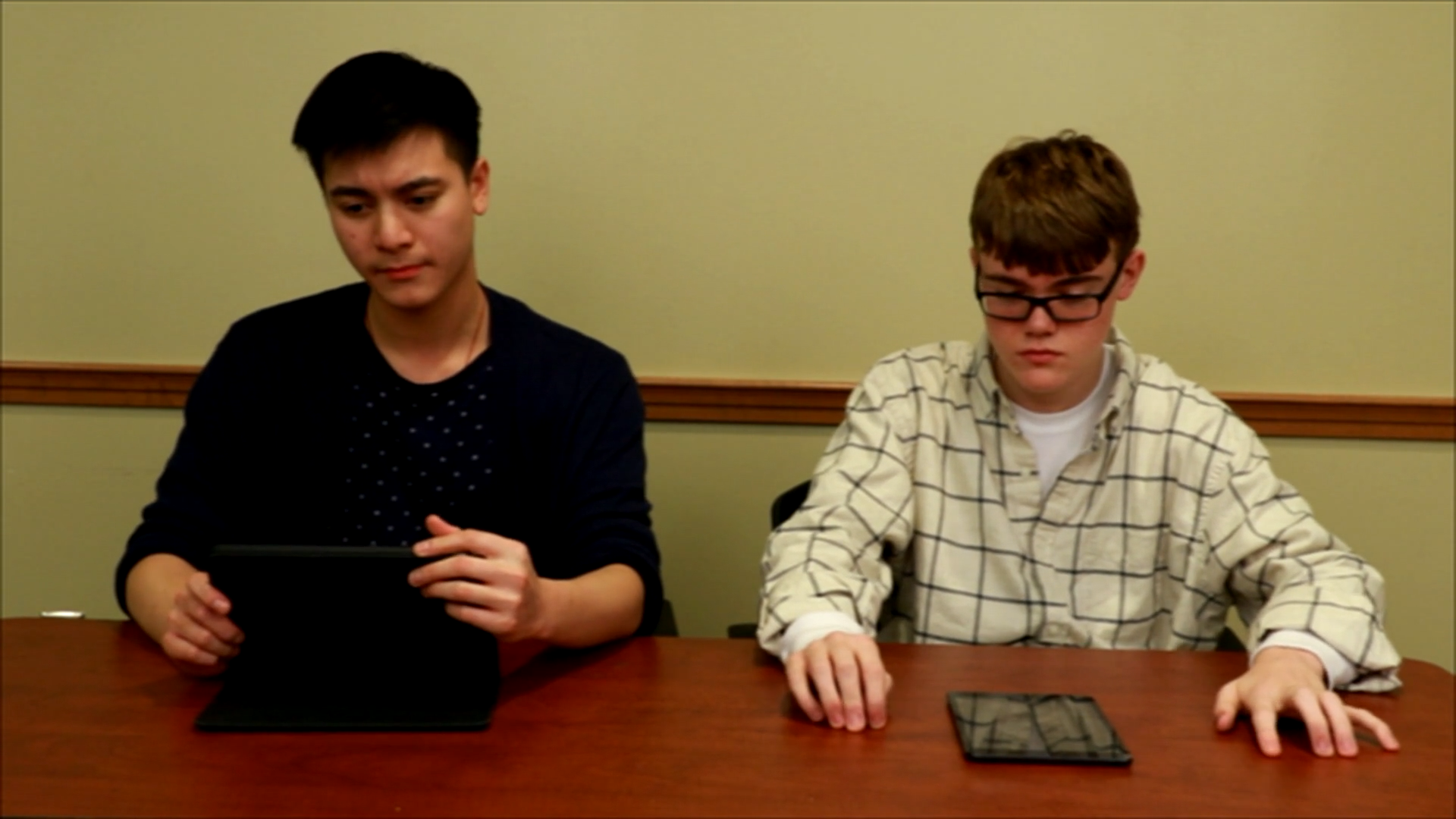
Introduction
Social-Emotional Learning (SEL) is an essential aspect of education, especially in special education settings. One skill that can be beneficial for students to learn is the concept of telling a white lie. A white lie is a small untruth told to spare someone’s feelings or avoid hurting them. This blog post will provide an overview of the importance of teaching white lies, a no-prep activity for educators, discussion questions, and related skills. Additionally, we will explore next steps for incorporating white lies into your curriculum.
No-Prep Activity: The White Lie Role Play
This activity requires no preparation or materials from the educator. Students will participate in a role-playing exercise to practice telling white lies in various social situations. Follow these steps to conduct the activity:
- Divide the students into pairs.
- Provide each pair with a social situation where telling a white lie could be appropriate (e.g., complimenting a friend’s artwork, responding to a friend’s new haircut).
- Have one student in each pair play the person seeking feedback, while the other student plays the person giving feedback.
- Instruct the students giving feedback to practice telling a white lie in response to the situation.
- After a few minutes, have the students switch roles and practice with a new situation.
- At the end of the activity, gather the students together for a group discussion about their experiences and what they learned.
Discussion Questions
- Why is it important to learn how to tell a white lie in certain social situations?
- Can you think of a time when you told a white lie to spare someone’s feelings? How did it make you feel?
- How can you tell when it’s appropriate to tell a white lie versus when it’s better to be honest?
- What are some potential consequences of always telling the truth, even when it might hurt someone’s feelings?
- How can we balance honesty and kindness in our everyday interactions?
Related Skills
Teaching students about white lies can help them develop other essential social skills, such as:
- Empathy: Understanding and sharing the feelings of others is a crucial aspect of telling a white lie. Empathy allows students to recognize when it’s appropriate to tell a white lie to spare someone’s feelings.
- Active Listening: Being an attentive listener can help students pick up on cues that may indicate when a white lie is needed.
- Communication: Expressing thoughts and feelings effectively is vital when telling a white lie. Students can learn to communicate their white lies in a gentle and supportive manner.
Next Steps
Teaching students about white lies and their importance in social situations can greatly benefit their social-emotional development. To further explore this skill and others, sign up for free samples of SEL materials at Everyday Speech. Incorporate these resources into your curriculum and help your students navigate social situations with confidence and understanding.

